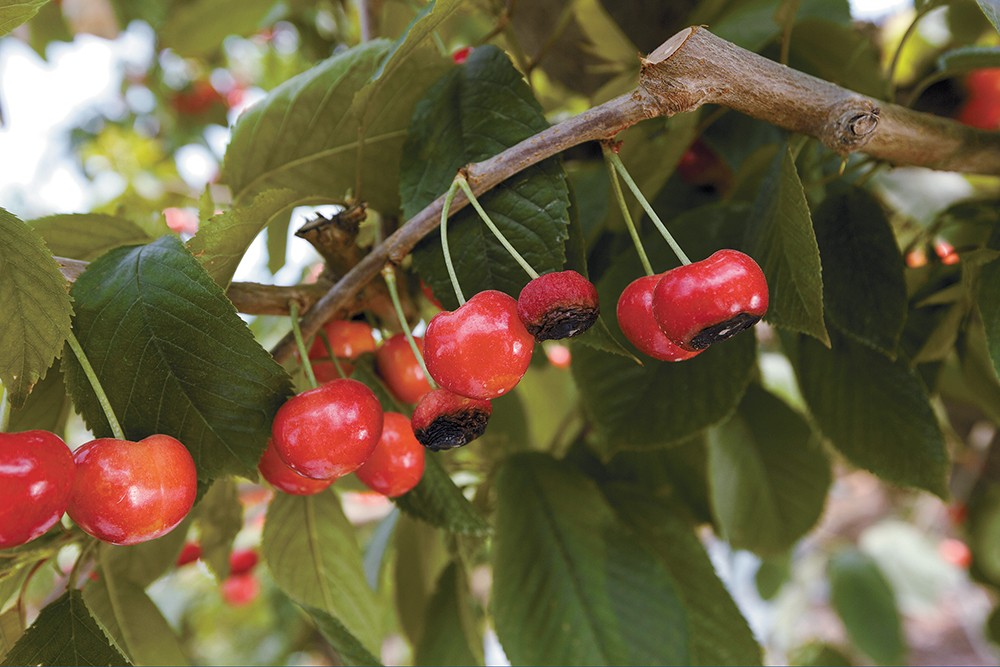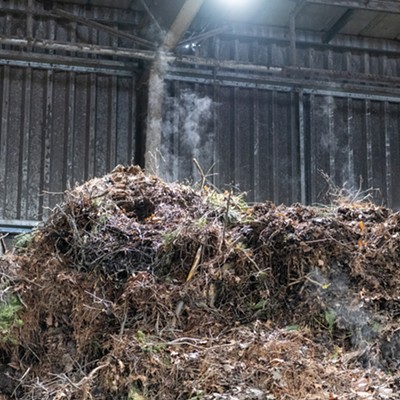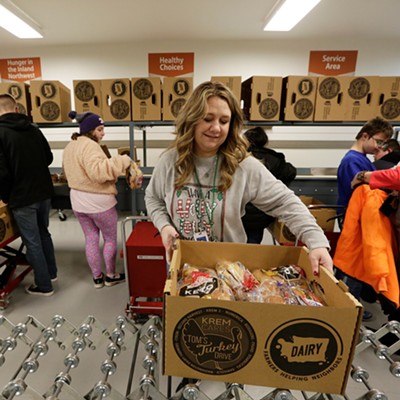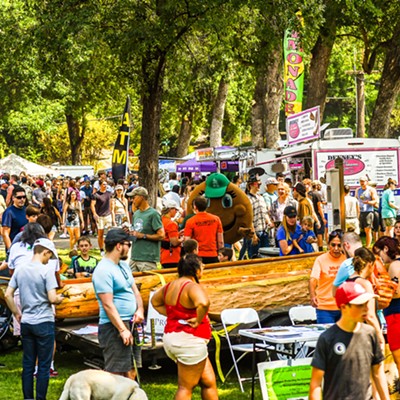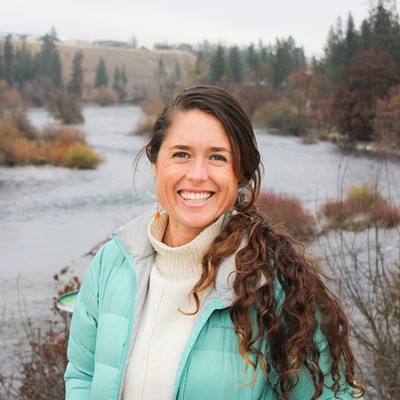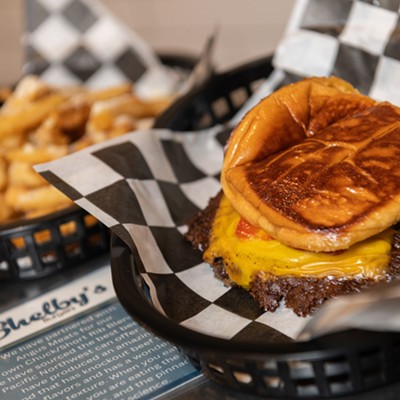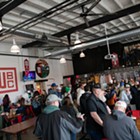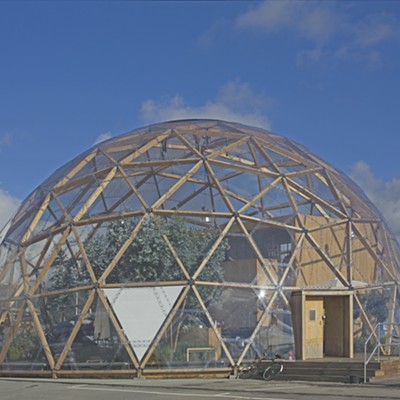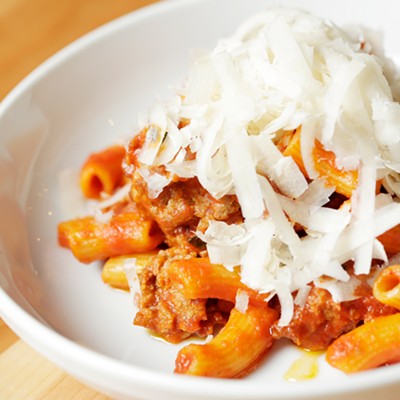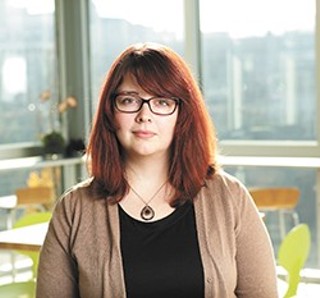When it comes to crops, Washington is best known for its apples, and for good reason. The sweet crispy fruit is the No. 1 food crop in the state, with $2.4 billion worth produced in 2017, according to the state Department of Agriculture.
Maybe less obvious is that Washington is second only to California in the diversity of food that is grown here.
On top of milk, wheat and potatoes, farmers and growers here also provide the country with a huge portion of its hops (75.4 percent), mint oils (75.1 percent), sweet cherries (60 percent), and red raspberries (85 percent), according to 2017 crop data compiled by Washington Agriculture in the Classroom.
All that food helps feed the country and people around the world. But things like bad weather, flooded markets driving prices down, and a lack of labor can also lead to waste.
Preharvest losses are the second largest source of food loss in North America, topped only by the amount wasted by consumers both at home and at restaurants, according to a 2017 estimate compiled for the Commission for Environmental Cooperation, a partnership between Canada, Mexico and the U.S.
Each year, overall losses in the food system represent $278 billion of food, millions of tons of wasted fertilizer, and enough wasted water to fill 7 million Olympic-sized swimming pools, according to the commission's white paper on food loss and waste in North America.
Much of the preharvest loss is out of the control of growers. Maybe a hail storm comes through and damages an entire crop of apples, dropping their value below the cost to have workers pick them. Maybe a late freeze destroys a field of vegetables.
Thankfully, other things are more controllable.
Because the fruit that gets sold in stores needs to be as beautiful as possible, growers will do what they can to eliminate things like tree rub, which leaves a mark on apples, explains April Clayton. With her husband Mike, Clayton grows apples and cherries at Red Apple Orchards in the shadow of the Cascade Mountains, between Wenatchee and Chelan. Each year they thin out blossoms that would turn into apples in order to leave more room for the remaining fruit to grow.
"We do a lot of thinning spray so we don't have apples growing right next to each other," Clayton says. "Our biggest problem, though, is labor. It's all too common for us to have to pick and choose which block of cherries we're going to have to pick, because we simply don't have the labor to get them off the tree."
Particularly in orchards, harvest takes a lot of skill to avoid damaging trees. Picking something wrong could damage next year's yield, so growers are hesitant to allow just anyone in their orchard to pick leftover fruit.
"People talk of migrant workers thinking, 'It's just grunt work,'" says Hal Meenach, who grows grain just south of Spokane and serves as the president of the Spokane County Farm Bureau. "It's not. It's highly skilled."
For the apples that are picked, those with any blemishes or that are too small or too large are often pulled out as "cull" and taken to processors to be made into products like apple juice or concentrates. What doesn't get picked is left on the tree, and what drops to the ground needs to be cleared to avoid attracting pests, Clayton says.
For her own family, Clayton uses older leftover apples and cherries to make apple butter and jams.
"When it comes to food waste, we can all do our part, from the farming to the packing shed, to even at home, too," Clayton says. "Those apples going bad in your fridge can still make apple butter, those ends of your celery you can use to make stock. Rethink what you do: That apple or potato that may have a mark on it will taste just as good as one with no blemishes on it."
Meanwhile, for Spokane Hutterian Brethren, a potato seed farm in Reardan, potatoes that are larger than 12 ounces have to get pulled out and taken to processors because they're too large for machinery to cut them up into seeds, says co-owner Philip Gross.
"The only reason we would leave them out in the field or till them back is if they freeze," Gross says. "We don't really waste, because you can always use them for processing."
If neither the seed market or processors can use what they've got, some of the leftovers in storage might get fed to their cattle, Gross says.
"[But] it's very rare that processors won't take it," he says.
Indeed, while there's a growing awareness of "ugly produce" that doesn't make it into supermarkets, growers have for decades efficiently moved those less-than-ideal products to processors and other secondary uses.
Potatoes, for example, are often made into dehydrated mashed potato mix, hash browns, and more. Funny-looking carrots are cut up into "baby" carrots.
Then, it's on to the cows, pigs and other livestock.
"A lot of screwups go to animal feed," says Robyn Meenach, Hal's wife and a board member with Washington Ag in the Classroom. "A lot of people complain about animal agriculture, but it's amazing how much of our processing waste animals will eat." ♦

